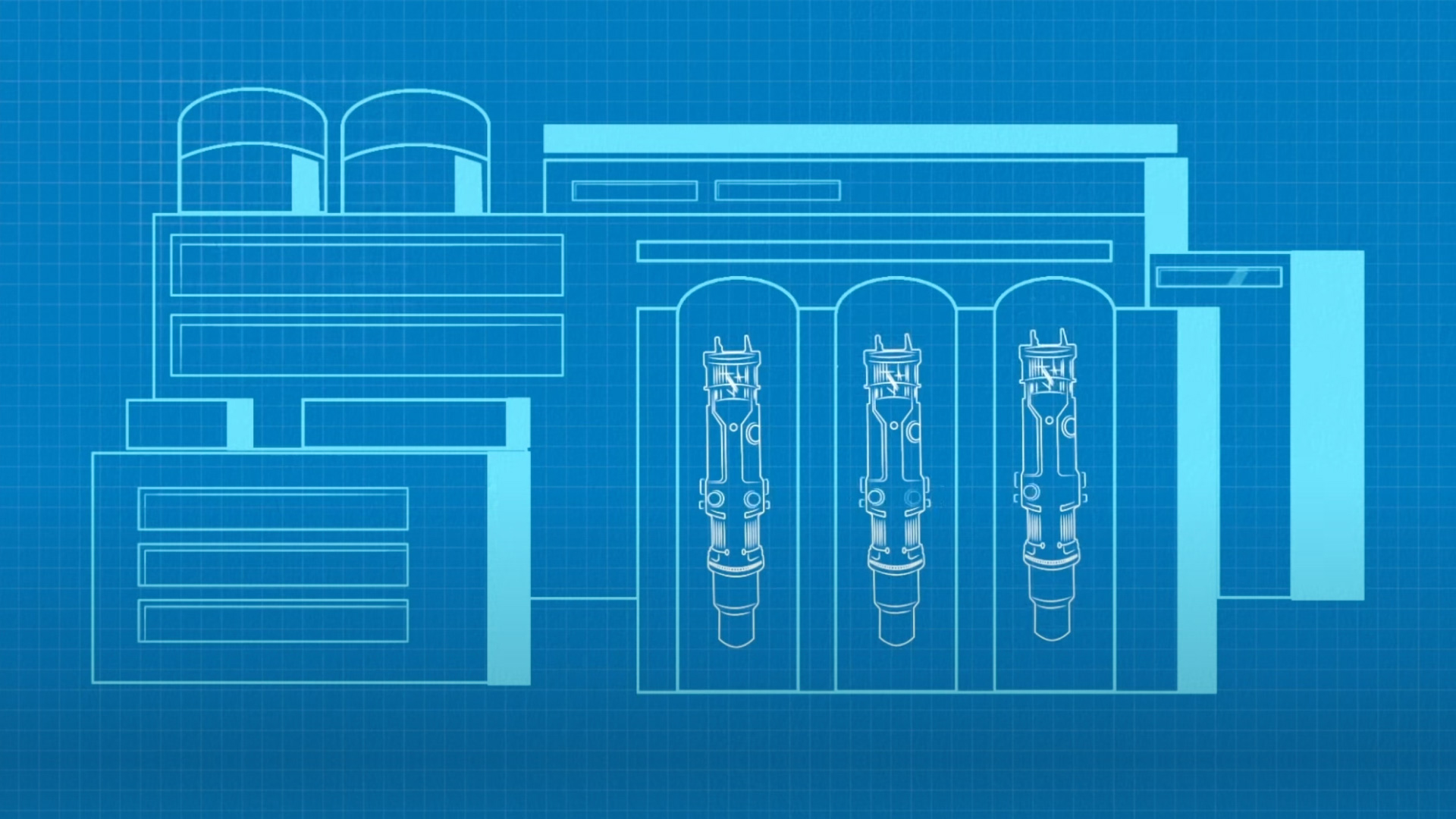All innovations bring potential benefits that could transform industries, but they also bring potential risks. In the nuclear field, advanced nuclear reactors, including small modular reactors (SMRs), are incorporating innovative technologies, particularly digital technologies that yield novel solutions.
There is growing interest in SMRs. These advanced nuclear reactors have a limited power capacity — typically up to 300 MW(e) per unit, which is about one third of the generating capacity of traditional nuclear power reactors. However, the use of cutting-edge digital technology in these new reactors brings new challenges in terms of nuclear safety and security. There are more than 80 SMR designs and concepts in various stages of development around the world.
“One challenge for deploying SMRs is how to accelerate the development of their technology and demonstrate their level of readiness while maintaining compliance with nuclear safety and security standards,” said Rodney Busquim e Silva, Information Technology Security Officer at the IAEA. “This reinforces the need for digital instrumentation and control and computer security solutions to be considered and maintained during the SMR life cycle.”

